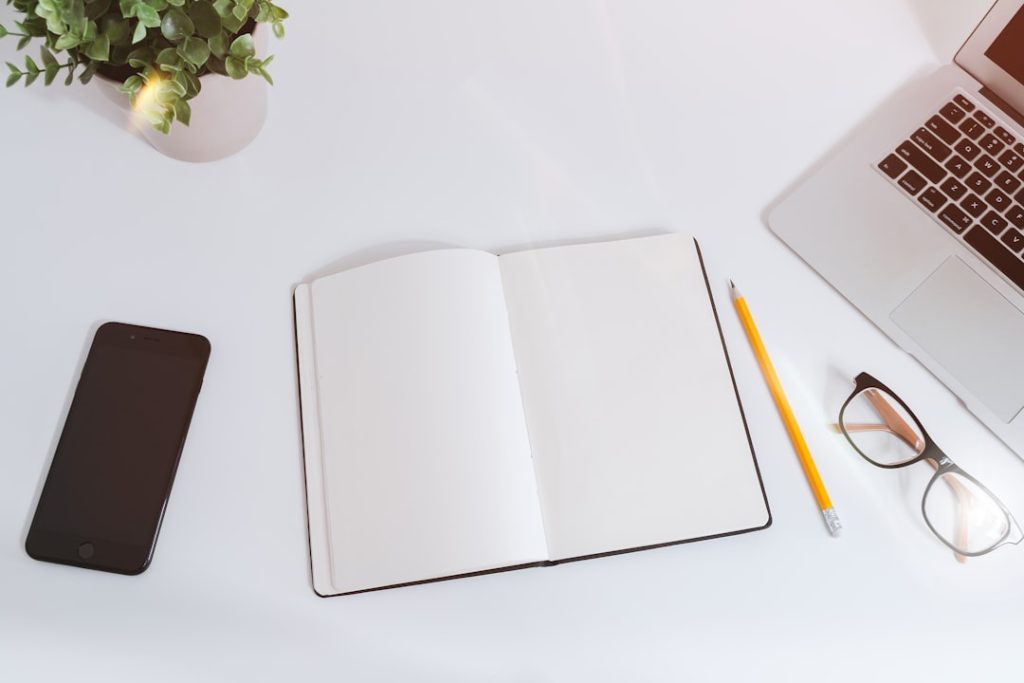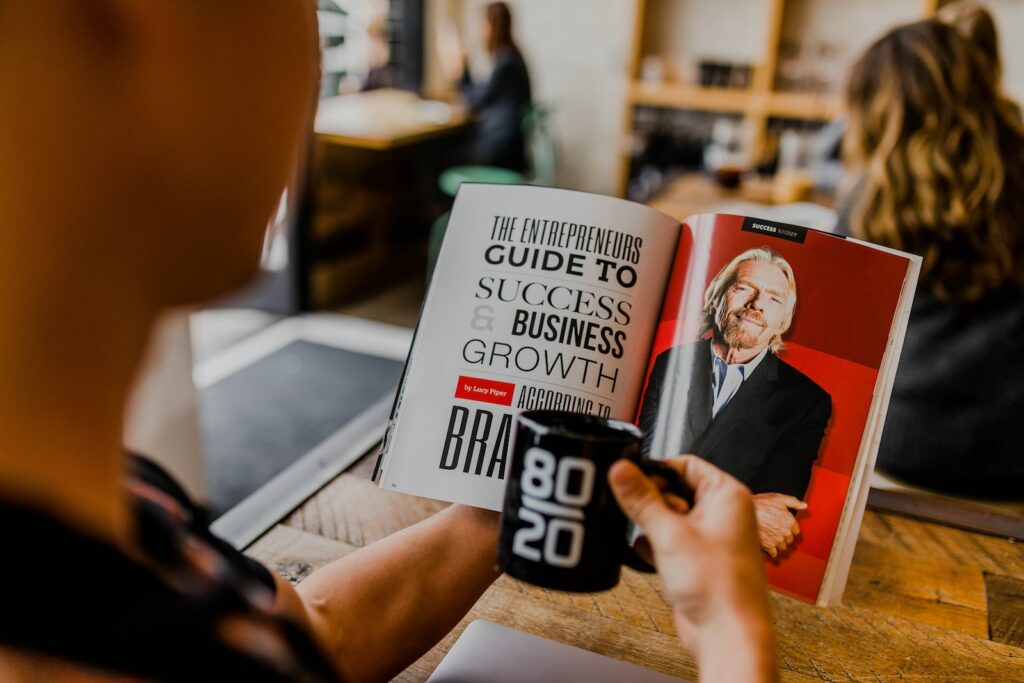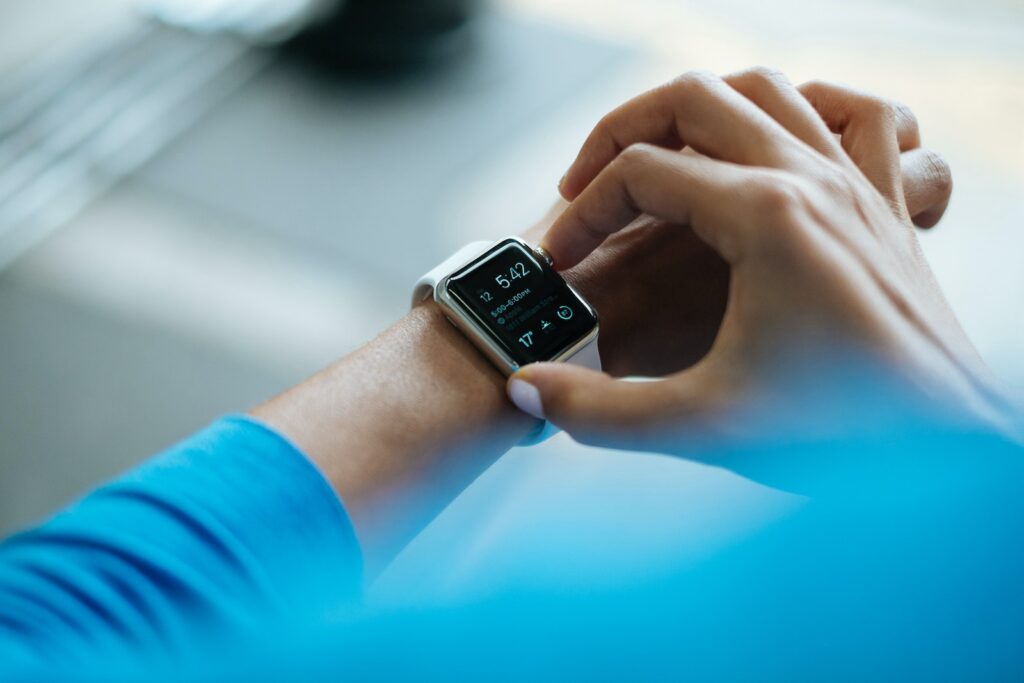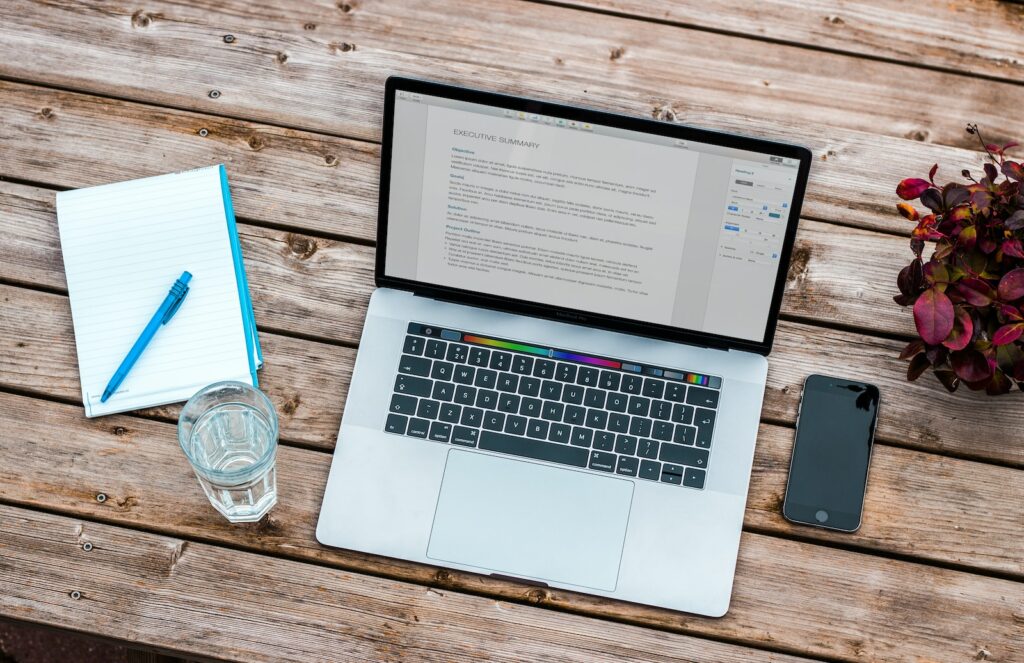Following up after a job interview is a critical step in the job application process that many candidates overlook. This seemingly simple act can significantly influence the hiring manager’s perception of a candidate. A well-timed follow-up not only demonstrates professionalism but also reinforces the candidate’s interest in the position.
In a competitive job market, where multiple candidates may possess similar qualifications, a thoughtful follow-up can set one applicant apart from the rest. It serves as an opportunity to reiterate key points discussed during the interview and to remind the interviewer of the candidate’s unique qualifications and fit for the role. Moreover, following up can help to establish a rapport with the interviewer.
It shows that the candidate values the time and effort that the interviewer invested in the hiring process. This gesture of appreciation can leave a lasting impression, making the candidate more memorable. Additionally, it opens the door for further communication, allowing candidates to address any lingering questions or concerns that may have arisen during the interview.
In essence, a follow-up is not merely a courtesy; it is a strategic move that can enhance a candidate’s chances of securing an offer.
Key Takeaways
- Following up after a job interview is crucial to show your continued interest and professionalism.
- Timing and frequency of follow-up emails should be strategic and not too frequent to avoid appearing desperate.
- Crafting a professional thank-you email can leave a lasting positive impression on the interviewer.
- Sending a follow-up email after no response shows persistence and determination, but should be done tactfully.
- Addressing additional questions or providing extra information can demonstrate your proactive approach and attention to detail.
- Reiterating interest and enthusiasm for the position in a follow-up email can reaffirm your commitment to the role.
- Following up after a second interview is important to maintain communication and express continued interest in the position.
- Sample email templates for follow-up after a job interview can serve as a helpful guide for crafting your own personalized message.
Timing and Frequency of Follow-Up Emails
The timing of follow-up emails is crucial in ensuring they are effective. Generally, it is advisable to send a thank-you email within 24 hours of the interview. This promptness conveys enthusiasm and respect for the interviewer’s time.
It also capitalizes on the momentum of the interview, allowing candidates to reinforce their interest while the conversation is still fresh in the interviewer’s mind. However, candidates should be mindful of the specific context of their interview; for instance, if an interviewer mentioned they would be making decisions quickly, sending a follow-up sooner rather than later could be beneficial. In terms of frequency, candidates should aim to strike a balance between being persistent and respectful.
After sending an initial thank-you email, if there has been no response within a week or two, it is appropriate to send a gentle follow-up email. This second email should express continued interest in the position while inquiring about any updates regarding the hiring process. Candidates should avoid bombarding interviewers with multiple emails, as this can come across as desperate or overly aggressive.
Instead, maintaining professionalism and patience is key to leaving a positive impression.
Crafting a Professional Thank-You Email
Crafting a professional thank-you email requires careful consideration of tone, content, and structure. The email should begin with a warm greeting that addresses the interviewer by name, followed by an expression of gratitude for the opportunity to interview. It is essential to personalize the message by referencing specific topics discussed during the interview, which demonstrates attentiveness and engagement.
For example, if the interviewer shared insights about a particular project or company initiative, mentioning it in the thank-you note can reinforce the candidate’s genuine interest in the role. The body of the email should succinctly reiterate why the candidate is an excellent fit for the position. This could involve highlighting relevant skills or experiences that align with the job requirements.
Additionally, candidates should express their enthusiasm for contributing to the team and organization. A well-crafted thank-you email not only serves as an expression of gratitude but also acts as a final opportunity to make a compelling case for why the candidate should be selected for the role. Closing with an invitation for further discussion or questions can also keep the lines of communication open.
Sending a Follow-Up Email After No Response
In instances where candidates have not received a response after their initial follow-up, sending another email can be an effective way to re-engage with the hiring manager. This follow-up should be tactful and respectful, acknowledging that hiring processes can be lengthy and complex. Candidates might start by expressing hope that the interviewer is doing well and then gently inquire about any updates regarding their application status.
It is important to maintain a positive tone throughout this communication, as negativity or frustration can tarnish a candidate’s image. When crafting this follow-up email, candidates should keep it concise and focused. They might reiterate their interest in the position and briefly restate their qualifications or unique contributions they could bring to the team.
Additionally, candidates should express appreciation for any updates or feedback that can be provided, reinforcing their willingness to engage in further dialogue. Ultimately, this approach demonstrates persistence while respecting the interviewer’s time and decision-making process.
Addressing Additional Questions or Information
During an interview, candidates may not have had the opportunity to fully address all relevant points or questions that arose. A follow-up email provides an excellent platform to clarify any outstanding issues or provide additional information that may strengthen their candidacy. If there were questions posed by the interviewer that the candidate felt they did not answer adequately, this is an ideal moment to revisit those topics.
Candidates can briefly address these points in their follow-up email, ensuring they remain concise and relevant. Furthermore, if candidates have acquired new information or insights since the interview—such as completing a relevant project or gaining additional certifications—they should consider sharing this in their follow-up communication. This not only showcases their proactive nature but also reinforces their commitment to professional development and growth within their field.
By addressing additional questions or providing new information, candidates can enhance their overall presentation and potentially sway hiring decisions in their favor.
Reiterating Interest and Enthusiasm for the Position
Conveying Genuine Interest
This enthusiasm can be conveyed through specific language that reflects genuine interest rather than generic statements. For instance, instead of simply stating “I am interested in this position,” candidates might say, “I am truly excited about the possibility of working with your team on innovative projects that drive company growth.”
Aligning Values with the Organization
Additionally, candidates can highlight aspects of the company culture or mission that resonate with them personally. By aligning their values with those of the organization, candidates can create a compelling narrative that underscores their fit for both the role and company environment.
Demonstrating Investment in the Organization
This alignment not only reinforces their enthusiasm but also demonstrates that they have done their homework about the organization and are genuinely invested in becoming part of its future.
Following Up After a Second Interview
Following up after a second interview carries its own set of nuances compared to initial follow-ups.
Therefore, follow-up communications should reflect this increased familiarity with both the position and company culture.
Candidates should express gratitude for being considered for a second interview and acknowledge any new insights gained during this round of discussions. In addition to expressing appreciation, candidates should take this opportunity to reinforce their qualifications and how they align with any new information shared during the second interview. If specific challenges or goals were discussed, candidates might address how they could contribute solutions or strategies to meet those objectives effectively.
This tailored approach not only demonstrates attentiveness but also positions candidates as proactive problem-solvers who are ready to add value from day one.
Sample Email Templates for Follow-Up After a Job Interview
Creating effective follow-up emails can be streamlined by utilizing templates tailored to various scenarios encountered during the job application process. For instance, a basic thank-you email template might look like this: Subject: Thank You – [Your Name] Dear [Interviewer’s Name], I hope this message finds you well! I wanted to extend my heartfelt thanks for taking the time to meet with me on [date].
I truly enjoyed our conversation about [specific topic discussed] and learning more about [Company Name]. I am very excited about the opportunity to contribute my skills in [specific skills related to job] to your team and help achieve [specific goals discussed]. Please let me know if you need any more information from my side.
Thank you once again for your time and consideration. Best regards,
[Your Name]
[Your LinkedIn Profile] (if applicable)
[Your Contact Information] For situations where no response has been received after an initial follow-up, candidates might use this template: Subject: Following Up on My Application – [Your Name] Dear [Interviewer’s Name], I hope you are doing well! I wanted to follow up regarding my application for [Job Title] that I interviewed for on [date].
I remain very enthusiastic about the opportunity to join [Company Name] and contribute to [specific project or goal]. If there are any updates regarding my application status or if you need further information from me, please feel free to reach out. Thank you for your time!
Warm regards,
[Your Name]
[Your LinkedIn Profile] (if applicable)
[Your Contact Information] These templates serve as starting points that candidates can customize based on their unique experiences and interactions during interviews, ensuring that each communication feels personal and relevant while maintaining professionalism throughout the process.
FAQs
What are the best ways to follow up after a job interview?
The best ways to follow up after a job interview include sending a thank-you email, making a follow-up phone call, and sending a handwritten thank-you note. It’s important to express gratitude for the opportunity, reiterate your interest in the position, and highlight your qualifications.
Why is it important to follow up after a job interview?
Following up after a job interview is important because it demonstrates your continued interest in the position, allows you to express gratitude for the opportunity, and gives you the opportunity to reiterate your qualifications and interest in the role.
What should be included in a thank-you email after a job interview?
A thank-you email after a job interview should include a sincere expression of gratitude for the opportunity, a brief recap of the interview discussion, a reiteration of your interest in the position, and a mention of how your skills and experience align with the job requirements.
When is the best time to send a thank-you email after a job interview?
The best time to send a thank-you email after a job interview is within 24 hours of the interview. Sending a prompt thank-you email shows your enthusiasm and professionalism.
What should be included in a follow-up phone call after a job interview?
During a follow-up phone call after a job interview, you should express your gratitude for the opportunity, inquire about the next steps in the hiring process, and reiterate your interest in the position. It’s important to be polite and professional during the call.
Is it appropriate to send a handwritten thank-you note after a job interview?
Yes, it is appropriate to send a handwritten thank-you note after a job interview. A handwritten note can help you stand out and leave a positive impression on the interviewer. It should express gratitude, reiterate your interest, and highlight your qualifications.





